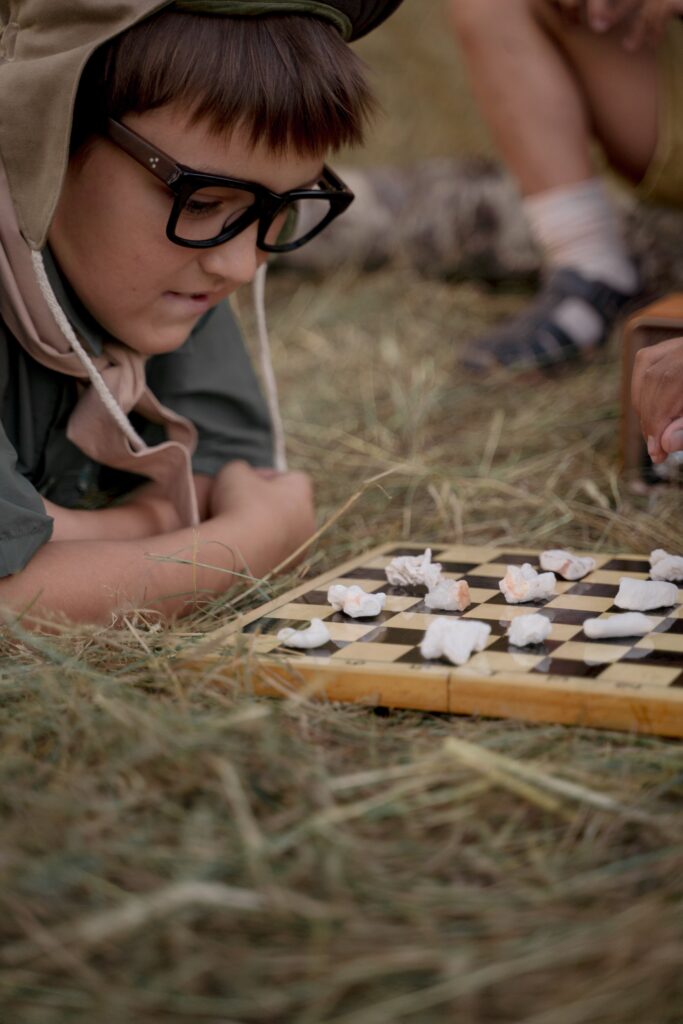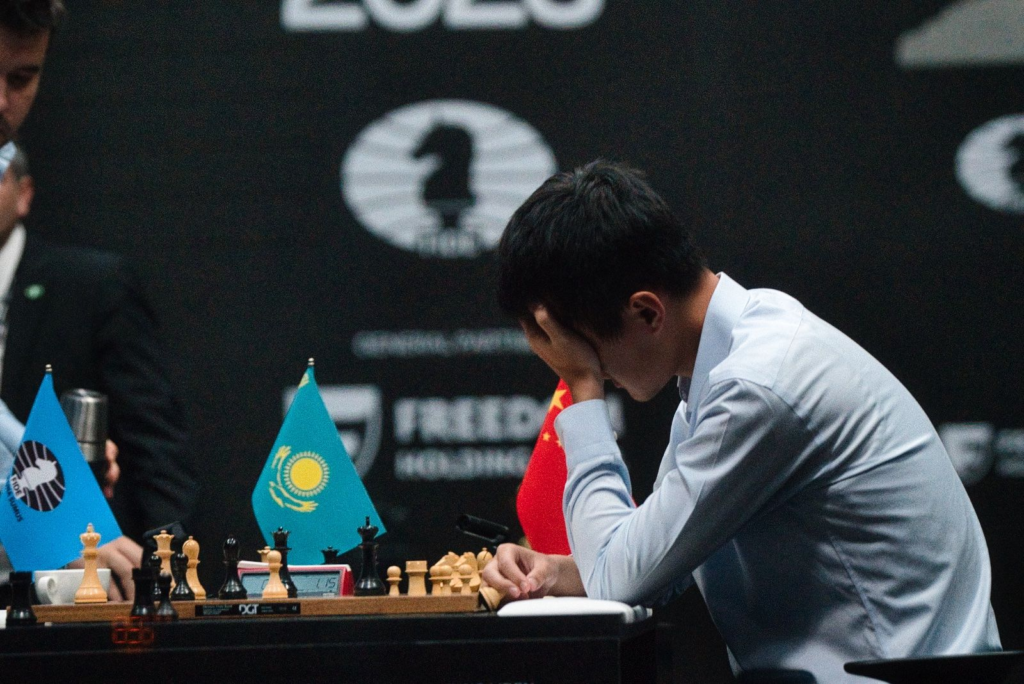Building a Welcoming Chess World: Beyond the Niemann Controversy

A Call to Action for Inclusivity and Sportsmanship
The recent Hans Niemann controversy has shaken the chess world, sparking crucial conversations about sportsmanship, ethics, and the future of the game. While the details of the case continue to unfold, it’s important to remember that it represents a single instance within a much larger community. Instead of dwelling solely on the headlines, let’s leverage this as an opportunity to create a more inclusive and welcoming chess world for all.
Addressing the Barriers to Entry
Chess thrives on the diverse perspectives and contributions of its players. Unfortunately, barriers like cost, social anxieties, and unconscious biases can prevent individuals from feeling truly welcome. Recognizing this, we must actively dismantle these barriers, fostering a culture of inclusivity that embraces players of all backgrounds, skill levels, and experiences.
Taking Action at Summit School of Chess
Chess Tournaments at Summit School of Chess
At Summit School of Chess, we translate our commitment to inclusivity into concrete actions:
- Making Chess Accessible: We offer scholarships and outreach programs to reach underserved communities, ensuring that everyone has the chance to experience the joy of the game. Example link: Our Scholarship Program: <invalid URL removed>
- Promoting Respectful Online Interactions: We believe in fostering a positive online environment through educational resources and community initiatives. Example link: Chess Etiquette Guide: <invalid URL removed>
- Celebrating Diverse Voices: We actively feature diverse voices and perspectives in our blog posts, social media, and events, showcasing the richness of the chess community. Example link: Recent blog post featuring a female chess player: <invalid URL removed>
Join Us in Building a Stronger Chess Community

Online Chess Classes at Summit School of Chess
Building a more welcoming and inclusive chess world requires a collective effort. Here are some ways you can get involved:
- Share your thoughts: How can we make chess more accessible and inviting for everyone?
- Advocate for positive change: Promote fair play and ethical conduct both online and offline.
- Celebrate diversity: Recognize and appreciate the diverse tapestry of players that enriches our game.
- Get involved: Support initiatives or programs promoting inclusivity in chess, like Summit School of Chess’ outreach programs.
Together, we can ensure that chess remains a vibrant and enriching game for generations to come, where everyone feels welcome, respected, and empowered to reach their full potential.
















